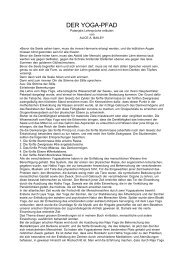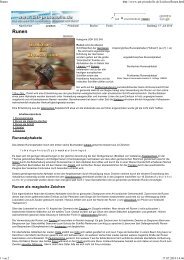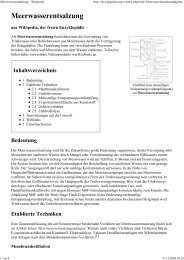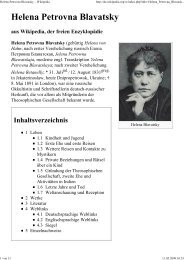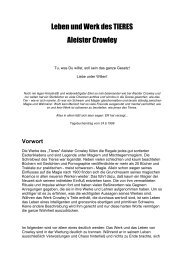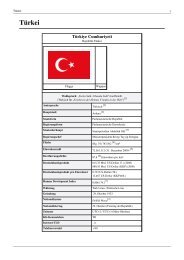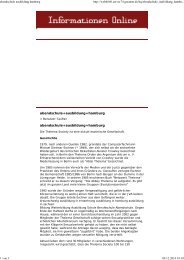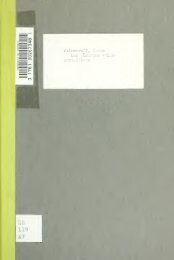The Book of ceremonial Magic
The Book of ceremonial Magic
The Book of ceremonial Magic
You also want an ePaper? Increase the reach of your titles
YUMPU automatically turns print PDFs into web optimized ePapers that Google loves.
169:2 Psalm viii. and Psalm lxxi. in the Vulgate, together with the Canticle <strong>of</strong> Simeon.<br />
§ 7. Concerning the Victim <strong>of</strong> the Art<br />
It is usually supposed that the <strong>of</strong>fering <strong>of</strong> a bloody sacrifice is an essential condition <strong>of</strong><br />
success in Black <strong>Magic</strong> and that the embrutement <strong>of</strong> the operator is the chief purpose <strong>of</strong><br />
the ordination. It is true that such an <strong>of</strong>fering is in most cases enjoined, but its object is<br />
simple and commonplace rather than diabolical or recondite, and the practice itself is<br />
based on the so-called White <strong>Magic</strong> <strong>of</strong> the Key <strong>of</strong> Solomon. It <strong>of</strong>fers<br />
p. 170<br />
another instance that if this text be the head and fount <strong>of</strong> the Art, it is also the root <strong>of</strong> its<br />
diabolism. <strong>The</strong> Art--I should explain--has its victim, not because blood is required in the<br />
one case more than the other, but because it was customary for pacts and pentacles to be<br />
written on parchment or vellum, and, in view <strong>of</strong> that doctrine <strong>of</strong> personal consecration<br />
already explained, the Black <strong>Magic</strong>ian had, as far as possible, to dispense with outside<br />
labour, to be his own whitesmith, his own penmaker, and hence also his own tanner.<br />
Alterius non sit qui suus esse potest was the maxim <strong>of</strong> Paracelsus, and it was carried<br />
further in Goëtia than mere intellectual independence. Make yourself what you want; do<br />
not trust it to others; it will not only possess more <strong>of</strong> your personal virtue, but you will be<br />
sure <strong>of</strong> the article--such might be the commentary <strong>of</strong> the Grimoires upon the aphorism <strong>of</strong><br />
the sage <strong>of</strong> Hohenheim, and there is the more reason in the counsel because even the<br />
accessible substances required by the operator had usually some awkward conditions<br />
attached to them, which might remain unfulfilled unless he himself was actively present<br />
in their preparation. A particular case in point is the parchment used in the Art. <strong>The</strong><br />
magician was required to slay a lamb or kid with his own hands, not because there was<br />
any symbolical importance attached to the act <strong>of</strong> destruction--the Grimoires make no<br />
such ascription--not because the blood was used-for its use is seldom prescribed--but to<br />
insure that the animal was one from which virgin parchment or virgin vellum could be<br />
prepared.<br />
That is called virgin, says the <strong>Book</strong> <strong>of</strong> True Black <strong>Magic</strong>, which is made from animals<br />
that have never engendered, males above all, 1--from which definition it is obvious that<br />
recourse<br />
p. 171<br />
to the pr<strong>of</strong>essional tanner might jeopardise the entire injunction. But seeing that every<br />
operation undertaken in the Art assumed a religious aspect, the slaughter <strong>of</strong> the animal<br />
became a sacrifice 1 and had its accompanying ceremonies, prayers and invocations, each<br />
ritual possessing its own variants.<br />
<strong>The</strong> preparation <strong>of</strong> the virgin parchment is given as follows in the Grimorium Verum: 2--<br />
CONCERNING THE VICTIM OF THE ART 3



